In the world of pet companionship, dogs often steal the spotlight for their perceived loyalty and affection towards humans, especially babies. Cats, on the other hand, have long been labeled as solitary and indifferent. But a heartening video shared on TikTok challenges this stereotype, showcasing the remarkable bond between a protective feline named Teddy and his human baby brother, William.
A bond that started from day one.
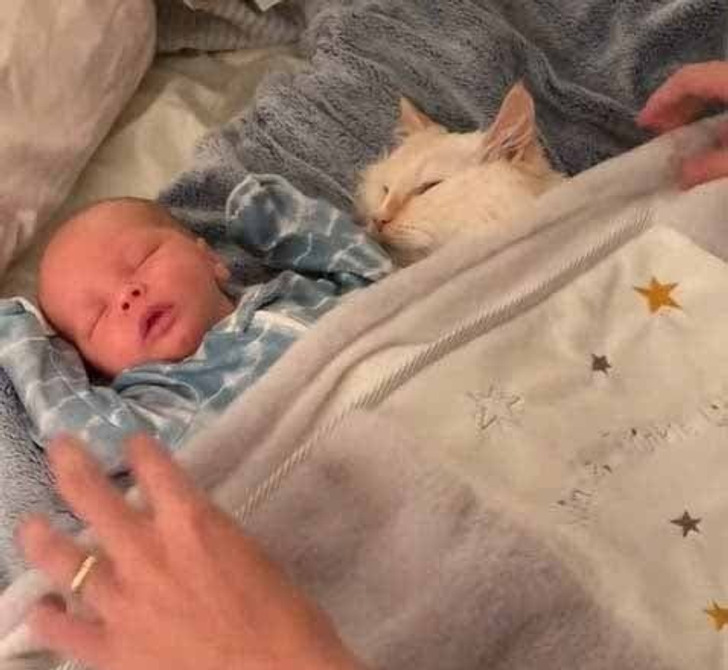
From the moment William entered the household, Teddy, the family cat, embraced him with open paws, assuming the role of a caring and watchful «big brother.» Contrary to expectations, Teddy didn’t display an ounce of jealousy but instead showered the newborn with affection and protection, much to the delight and surprise of his owners.
Capturing these precious moments on camera, William’s parents shared their growing friendship on TikTok, where it quickly gained attention from viewers worldwide. In the videos, Teddy is seen gently interacting with William, ensuring his safety and even playfully engaging with him in his baby seat. It’s evident that Teddy sees William as his own, forming an inseparable bond that transcends species.
One video went viral.
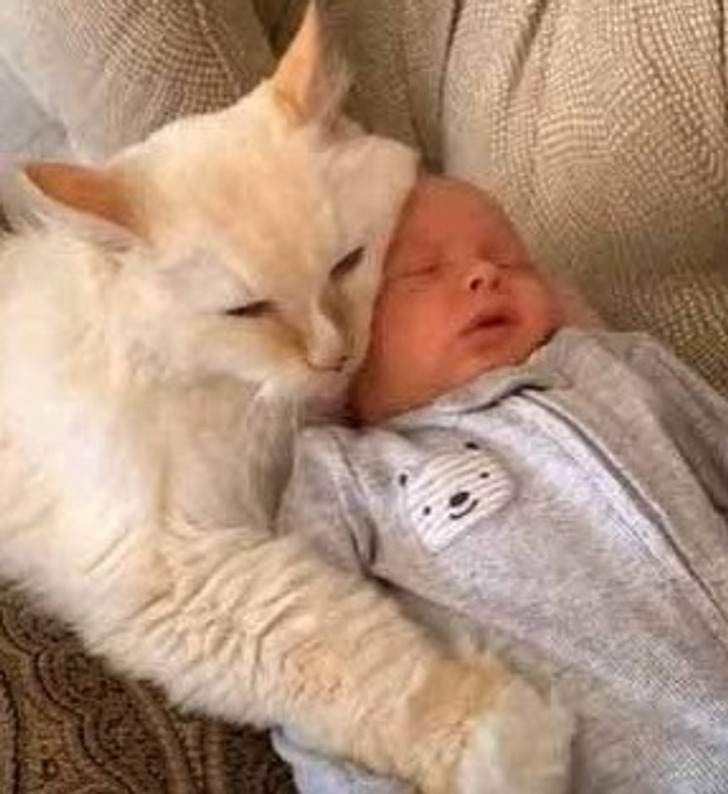
William and Teddy’s TikTok videos are a massive hit, with one in particular reaching almost 12 million views. Witnessing the cat’s tender and affectionate behavior towards the baby brings joy to all who watch their interactions. Whether it’s sleeping next to him, keeping watch over his dreams, or delicately holding him with his paws, the cat’s unwavering commitment to the baby is evident. Refusing to leave his side, the cat seems to intuitively understand the fragility and vulnerability of the little one, embodying a protective presence that touches the hearts of all who witness their bond.
Happy comments flooded in.
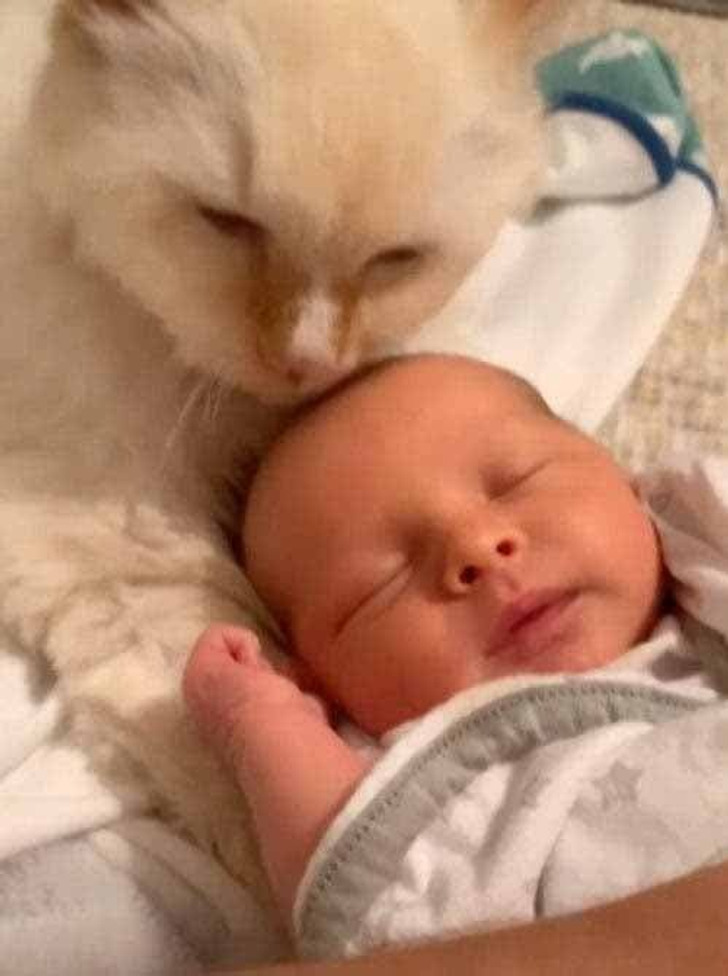
The touching videos shared by William’s parents evoke a range of emotions from viewers, with many expressing admiration for Teddy’s unwavering devotion to his baby brother. Comments flooding the videos reflect the universal appeal of their bond, with some jokingly suggesting that William may have become Teddy’s surrogate. «Could anything be more precious?» one user mentioned. Indeed, Teddy’s nurturing instincts and affectionate behavior have earned him the title of a first-rate babysitter in the eyes of his adoring fans.
While others worried about the cat and baby close together.
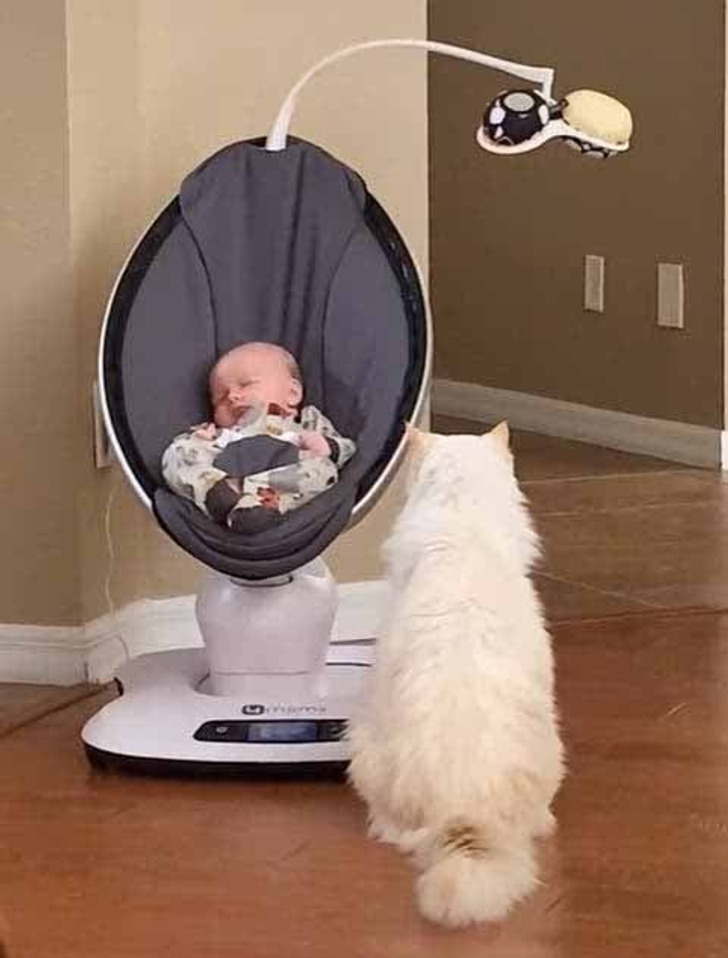
Some people expressed concerns about allowing pets near newborns. In one of the videos, we can see comments saying «Please be careful.» Allowing cats near babies is a matter of personal choice and depends on various factors, including the temperament of the cat, the health and safety concerns of the baby, and the supervision provided by the parents or caregivers.
While many cats can coexist peacefully with newborns and even develop strong bonds with them, it’s essential to exercise caution and take appropriate precautions to ensure the safety of both the baby and the cat. However, Teddy and William’s interactions challenge preconceived notions about cats’ personalities and showcase the depth of empathy and compassion these creatures are capable of displaying.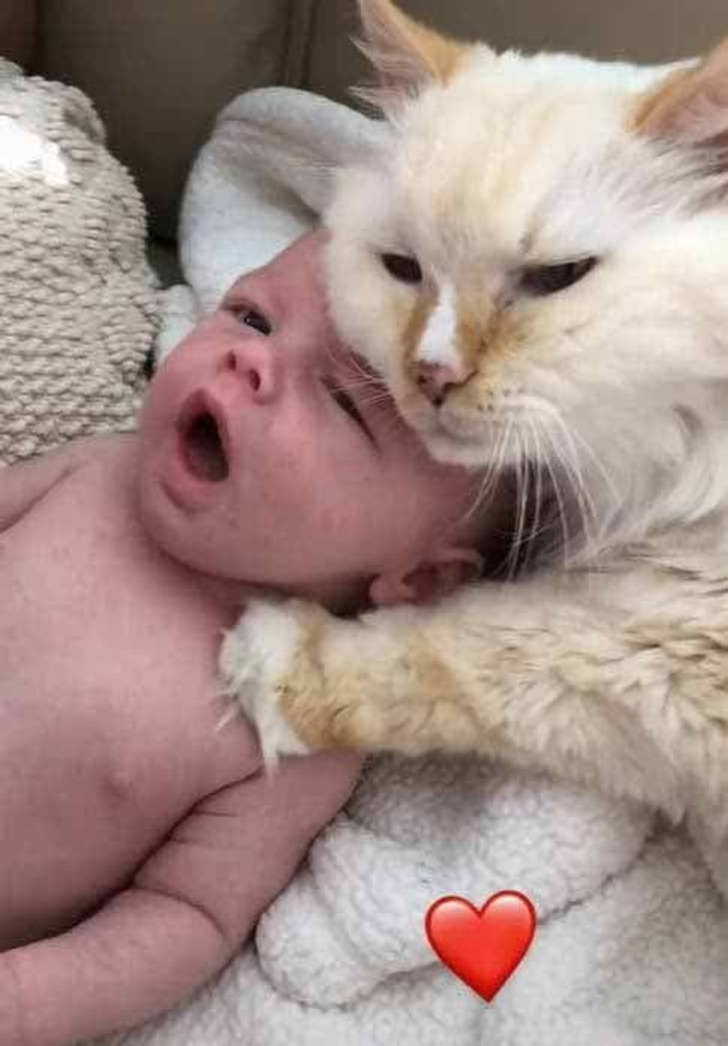
As Teddy continues to watch over William, offering comfort and companionship in his own feline way, their story serves as a heartening reminder of the transformative power of love, transcending boundaries of species and age. In a world often divided by differences, the pure and unconditional bond between a cat and a baby provides hope and warmth, reminding us of the inherent goodness that exists within us all.
Never ever kill a house centipede again if you find inside your home

When you encounter insects around your house, how does it make you feel? It’s understandable that your first instinct would be to snatch anything and run over them. Some of them carry dangerous poisons and can sting you brutally and fatally.
The creepiest ones make you feel the worst; you usually want to strangle those small, frightening animals with so many legs as soon as possible.
However, after reading this, you may be reluctant to kill those menacing-looking centipedes the next time you see them in your toilet.
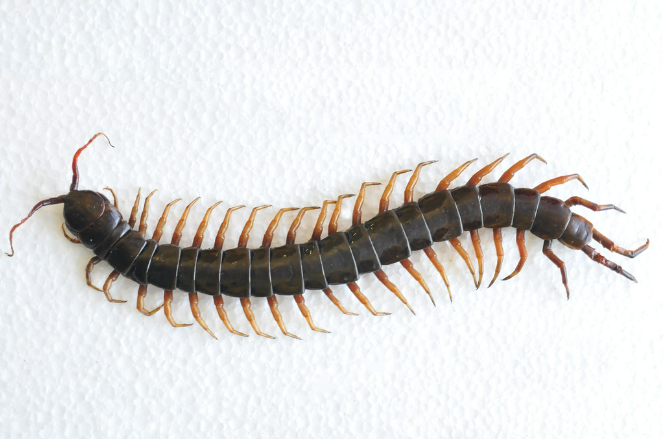
It might be quite hard to resist the impulse to smash centipedes when you notice them crawling around the house. You can be shocked by centipedes. However, after learning how useful they have been around the house, you might wish to just express your gratitude by not killing them in the future.
It turns out that those squirmy, fast-moving organisms have been keeping other tiny insects out of your house. There’s a special kind of centipede around the house that has about 20 legs wrapped around its body and is slightly shorter than its other wormy brethren.
These tiny animals have acted as an undetectable pest deterrent for your house, keeping out ants, bedbugs, silverfish, spiders, and cockroaches. Their appetite is so great that they practically eat any arthropod they find about the house.
Centipedes are good guys, but that doesn’t mean you should open your doors and let them in in large numbers. Instead, it means you should be grateful to the one or two you find about the house and give them a free pass the next time they come.
They may make some noise when they are found, particularly if small children or even adults think they are disgusting and dirty. Let them go on their own or send them outside to munch some leaves instead of just squashing them.

Don’t squish every bug you come across inside your house to avoid the possibility of introducing hundreds of small baby spiders into your house. You really don’t want to see it.
Furthermore, centipedes aren’t all that terrible. They are only weak, small creatures that, aside from terrifying your heart, are hardly strong enough to cause serious harm.
Considering that they don’t actually spread germs throughout the house like other insects do will help convince you that they are genuinely good people.
Since centipedes are basically non-lethal, you shouldn’t be afraid of them either. However, we are unable to say the same regarding a few others. These insects cause a number of terrible diseases that are quite dangerous and could be fatal if properly treated.
Definitely keep an eye out for those. These are a few of the poisonous insects you should avoid coming into contact with indoors.
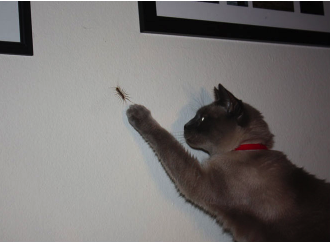
After being bitten, bullet ants give you the sensation that you have been fired, as their name implies. Therefore, you should try to avoid getting bitten. One of the largest ant species, they are commonly found in the rainforests of Nicaragua and Paraguay.
The problem is not the botfly itself, but rather its larvae, which are an inside parasite of many animals, including humans. The female deposits her eggs beneath the skin, and the developing larvae dig further into the skin, causing an infection that alters the tissue of the skin significantly.
According to some parents, they can feel the larvae scuttling inside their skin.
Fleas: Because they feed on blood, flea bites can cause itching, irritation, and sometimes even skin infection.
An invader may sustain agonizing white pustules on their skin for weeks after being repeatedly stung by the notorious fire ant. There are about 295 different species of ants. Some of them discharge toxic venom that might cause allergic reactions in certain persons.
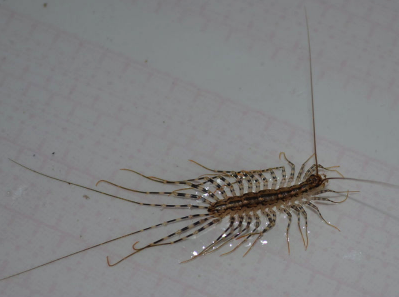
Up to 12,000 people may die each year from the trypanosome cruzi parasite, which is spread by the kissing bug biting its victims’ lips.
The largest hornets are giant Japanese hornets, which may reach a length of 2 inches and have a deadly sting that kills about 40 people per year.
Tsetse Flies: An estimated 500,000 people die from sleeping sickness on the African continent as a result of being bitten by tsetse flies.
Killer Bees: Due to their immense numbers, killer bees usually launch aggressive, overwhelming attacks that are frequently fatal.
Driver ants: These ants use their powerful mandibles to strike with tremendous force. They may kill several animals in a single raid. In addition to attacking other insects, they have a horrible habit of biting humans.
Mosquitoes: Known as the deadliest insects and maybe the deadliest organisms on the planet, mosquitoes are believed to be responsible for up to one million deaths each year from diseases like yellow fever, encephalitis, West Nile virus, and malaria.



Leave a Reply